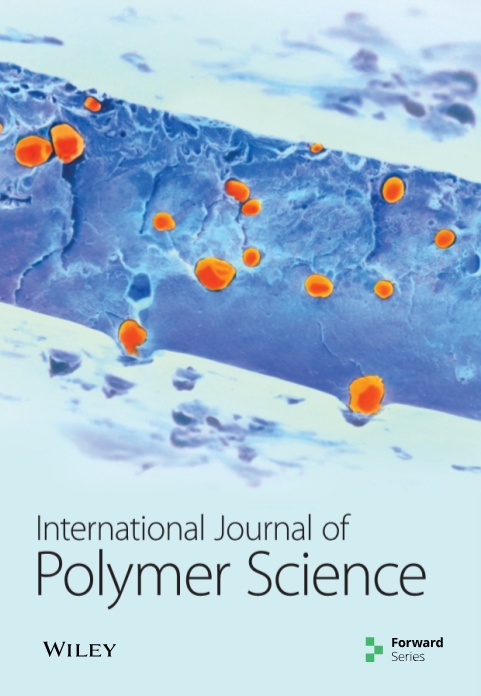Extraction and Characterization of Natural Coagulant Made from Banana Plant Stems (Musa acuminate) for the Removal of Turbidity from Wastewater
IF 4.4
4区 化学
Q2 POLYMER SCIENCE
引用次数: 0
Abstract
Wastewater treatment with chemical coagulants has a variety of drawbacks, including sludge management, cost, concerns for human health, and environmental pollution. In light of this, a study was conducted to determine whether banana plant stem (Musa acuminate) made coagulant can effectively reduce turbidity (NTU) of wastewater. In this study, conventional extraction method was used to extract the coagulant from the banana plant stem by using NaCl (0.1, 0.5, 1 M) solvent. After extraction, the coagulation efficiency of each produced coagulant was computed in terms of their turbidity removal efficiency (%) from sampled wastewater. The sampled wastewater had an average turbidity value of 893 NTU. Response surface methodology (RSM) and central composite design (CCD) were used to study the effects of NaCl solvent concentration (M), extraction time (min), and particle size (mm) on the coagulation efficiency (%) of the extracted coagulant. In addition, the coagulant was characterized such as FTIR analysis, point of zero charge value determination, and inulin compound presence analysis. From all prepared coagulants, the maximum coagulation efficiency obtained was 86.3% at the optimum conditions, such as 0.55 M (NaCl) of solvent concentration, 1.25 mm particle size, and 20 min of extraction time. The characterized coagulant had 6.2 points of zero charge value and also had various types of functional groups. Based on the findings of this study, it can be said that the coagulant prepared from banana stems (Musa acuminate) was an efficient natural coagulant that could be applied to treat wastewater.香蕉植物茎(Musa acuminate)天然混凝剂的提取及性能研究
用化学混凝剂处理废水有各种各样的缺点,包括污泥管理、成本、对人体健康的关注和环境污染。鉴于此,本研究旨在确定香蕉植物茎(Musa acuminate)制成的混凝剂是否能有效降低废水的浊度(NTU)。本研究采用常规提取方法,采用NaCl(0.1、0.5、1 M)溶剂从香蕉茎中提取混凝剂。提取后,根据各混凝剂对样品废水的浊度去除率(%)计算其混凝效率。采样废水的平均浊度值为893 NTU。采用响应面法(RSM)和中心复合设计(CCD)研究了NaCl溶剂浓度(M)、萃取时间(min)和粒径(mm)对萃取混凝剂混凝效率(%)的影响。此外,还对混凝剂进行了FTIR分析、零电荷点测定和菊粉化合物存在分析等表征。在溶剂浓度为0.55 M (NaCl)、粒径为1.25 mm、萃取时间为20 min的最佳条件下,混凝剂的混凝效率为86.3%。所表征的混凝剂具有6.2点零电荷值,并具有多种类型的官能团。本研究结果表明,以香蕉茎为原料制备的混凝剂是一种高效的天然混凝剂,可用于废水处理。
本文章由计算机程序翻译,如有差异,请以英文原文为准。
求助全文
约1分钟内获得全文
求助全文
来源期刊

International Journal of Polymer Science
POLYMER SCIENCE-
CiteScore
6.10
自引率
0.00%
发文量
55
审稿时长
>12 weeks
期刊介绍:
The International Journal of Polymer Science is a peer-reviewed, Open Access journal that publishes original research articles as well as review articles on the chemistry and physics of macromolecules.
 求助内容:
求助内容: 应助结果提醒方式:
应助结果提醒方式:


